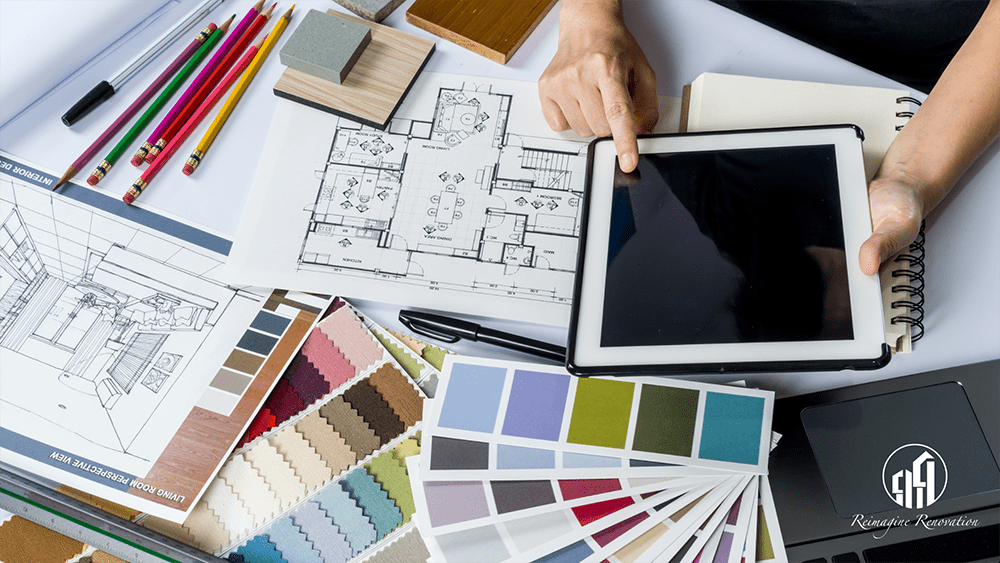When it comes to creating beautiful and functional spaces, the terms “interior design” and “interior decorating” are often used interchangeably. However, these two disciplines are distinct in their scope, responsibilities, and educational requirements. Understanding the difference between interior design and interior decorating can help you make informed decisions when planning your next home or office project.
Defining Interior Design
Interior design is a multifaceted profession that involves creating functional and aesthetically pleasing indoor environments. Interior designers consider a wide range of elements including spatial planning, architecture, furniture design, lighting, acoustics, and even building codes. Their goal is to enhance both the functionality and appearance of a space.
Educational Requirements
To become an interior designer, one typically needs a formal education—often a bachelor’s degree in interior design or a related field. Many countries also require interior designers to be licensed or certified by passing exams such as the National Council for Interior Design Qualification (NCIDQ) exam in the United States.
Responsibilities
Interior designers work closely with architects, contractors, and other professionals to ensure that their designs are both practical and compliant with regulations. They often create detailed plans and blueprints that specify everything from electrical layouts to materials used for flooring. Their role extends beyond mere aesthetics; they must also consider safety standards, accessibility requirements, and sustainability practices.
Defining Interior Decorating
Interior decorating focuses primarily on the aesthetics of a space. Decorators work with elements like color schemes, furniture styles, textiles, wall art, lighting fixtures, and accessories to create visually appealing environments. Unlike interior designers who may be involved in structural changes or spatial planning, decorators concentrate solely on enhancing the look of an existing space.
Educational Requirements
While formal education can be beneficial for interior decorators—such as courses in color theory or furniture history—it is not always required. Many successful decorators rely on their natural talent for style and aesthetics combined with experience gained through practice.
Responsibilities
Interior decorators usually start their projects by understanding their client’s tastes and preferences. They then select appropriate furnishings, fabrics, colors, and accessories to bring the client’s vision to life. Decorators may also advise on minor renovations like painting walls or updating light fixtures but do not engage in major structural changes.
Key Differences Between Interior Design and Decorating
Functionality vs Aesthetics
One of the most significant differences between interior design and decorating lies in their focus areas. While interior designers prioritize functionality alongside aesthetics—ensuring that spaces are both usable and beautiful—decorators concentrate mainly on visual appeal.
Education & Certification
The educational paths for these professions differ considerably. Interior designers generally require formal education followed by certification exams whereas decorators can often enter the field based on talent alone without needing specific qualifications.
Collaboration & Scope
Interior designers frequently collaborate with architects during new constructions or major renovations involving structural changes; they need comprehensive knowledge about building codes as well as technical aspects like plumbing systems or electrical wiring layouts which fall outside typical decorator responsibilities who mainly deal with surface-level enhancements within pre-existing structures without altering fundamental layouts significantly unless advising minor updates such as repainting rooms etc.
When To Hire An Interior Designer vs An Interior Decorator?
Knowing whether you need an interior designer or an interior decorator depends largely on your project’s scope:
- Hire an Interior Designer if you’re undertaking major renovations requiring structural changes (e.g., knocking down walls), need detailed plans/blueprints drawn up according to building codes/regulations, want advice regarding optimal space utilization considering factors such ergonomics/safety standards etc.
- Hire an Interior Decorator if you’re focused on enhancing the aesthetics of your space without making major structural changes. Whether you’re selecting new furniture, choosing color schemes, or looking to transform ordinary rooms into stylish, personalized living areas, a decorator can provide expert guidance to bring your vision to life.
Understanding the difference between interior design and interior decorating is key to hiring the right professional based on your specific needs and goals. While both aim to create beautiful spaces, their approaches differ significantly in scope, responsibilities, and educational requirements. If you’re embarking on an extensive renovation that requires technical expertise and compliance with building codes, a certified interior designer is essential. However, for simpler aesthetic updates, an experienced decorator is ideal for transforming ordinary interiors into extraordinary showcases of personal style and creativity.
At Reimagine Renovation, we offer the best of both worlds. Whether you need in-depth design solutions for structural changes or a decorator’s touch to elevate your space, our team is here to bring your vision to life. With a seamless blend of design expertise and creative flair, we’ll help transform your home into a space that reflects your unique taste and lifestyle. Ready to design your dream at home? Contact us today to schedule a discovery call!

